EDUCATION POLITICS-The NAACP Charter School Task Force held a hearing in Los Angeles on Thursday, February 9. After calling for a national moratorium on charter schools until certain concerns were addressed (see below), the NAACP received blowback from charter school advocates. But Jitu Brown, of the Journey for Justice, defended the moratorium in the Washington Post's education blog, the Answer Sheet, saying, "corporate reform has failed to bring equitable educational opportunities to all children."
This hearing was one in a series, a listening tour, making its way across the country. The distinguished members of the Task Force, all pre-eminent civil rights leaders in cities from Boston to Sacramento, states from Mississippi to Minnesota, gathered testimony from people with direct experience with the issues the moratorium seeks to provide the breathing room to address.
There was massive organized presence by charter advocates. One charter supporter stacked the speaker sign-up sheet with people who would speak against the moratorium, by copying a typed-up charter school roster she had brought.
The unions showed up, too. UTLA brought a contingent from Dorsey High School and CSEA came. The Santa Ana Teachers Association’s charter school task force came. Former Education Chair of the California Assembly, Jackie Goldberg, gave public comment.
I was part of a group of the California Badass Teachers Association (BATs), a grassroots group of about 2000 teachers and education activists. I testified as a recovering charter school parent, but what I heard was more important than anything I said.
I go anywhere if people are willing to talk about what charter schools are doing to public education due to their lack of oversight. Few official bodies in California, and perhaps none in Los Angeles, will openly discuss the need for charter school oversight for fear of the powerful California Charter Schools Association lobby. (Gubernatorial candidate and California State Treasurer John Chiang is a rare exception).
So the NAACP, the oldest civil rights organization in our country, provided us with a rare opportunity. I was grateful for my two minutes at the mic. When the charter advocates in the back of the room shouted me down, Alice Huffman, the chair, promptly regained order.
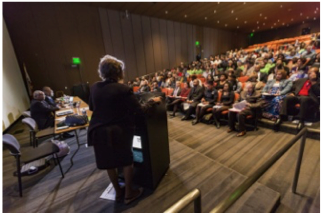 I’m sure for some in the audience it wasn’t my anti-charter message that got them riled up. Some were rightly suspicious of a white Westsider telling them anything about educating urban, black youth. Heck, my own school board member’s chief-of-staff told me not to go to school board meetings, and to find a Latina instead, because it made things awkward for him in our primarily Latino district.
I’m sure for some in the audience it wasn’t my anti-charter message that got them riled up. Some were rightly suspicious of a white Westsider telling them anything about educating urban, black youth. Heck, my own school board member’s chief-of-staff told me not to go to school board meetings, and to find a Latina instead, because it made things awkward for him in our primarily Latino district.
But I didn’t come to tell them anything about educating black youth. I came to share how charter schools are being used in my neighborhood to segregate our schools.
The west side of Los Angeles had, for a while, more charter schools than anywhere else on the planet (that distinction now belongs to South LA.) In my neighborhood, charter schools marketed themselves to white, middle class families as a way to send their kids to school without “those kids.” Of course, they phrased it differently. At the charter elementary school my kids attended, we considered our mostly white, middle class school community to be “like minded."
That’s where better oversight might have turned good intentions into fairer access for all children, not just mine. That is what I wanted to tell the NAACP task force.
After my children transferred to the district middle school across the street, we drove past the charter school every day. One day, my then 11-year old daughter looked out at the charter students during our drive to school and said, “Why was my elementary school almost all white and my middle school is almost all black and brown?”
Remember, these two schools were separated only by a little street. The middle school was half Latino and half African American. There, my children’s race was indicated as “statistically insignificant” on demographic reports one year. It was a neighborhood school and a magnet school, part of LAUSD's voluntary integration program, for black and Latino children living in parts of the city beleaguered by poverty, violence, and other harms of racial isolation.
Yet LAUSD has approved nearly every charter school that has been proposed to compete with that school, and offered little extra support to our neighborhood schools. There's no question that charters deserve credit for pushing district schools to step up, but the charter brand also benefits from a grass-is-greener mentality among parents. More choices mean fewer students in each school. That, in turn, means less funding in district schools which results in fewer elective classes and less support.
I am grateful to the NAACP for the opportunity to share my experience.
However, far more important than my comments were those made by the Task Force members themselves. (I’m counting on the formal presenters like LAUSD board member George McKenna, California NAACP education chair Julian Vasquez Heilig, Green Dot's Cristina de Jesus, and UTLA's Cecily Myart Cruz, to post their presentations on their own widely read blogs and other forums.)
The room was mostly cleared out by the time the committee members made their closing remarks. Unsurprisingly, they revealed deeply thought out views by pre-eminent civil rights leaders who are immersed in the issues of equity for black youth in regions across the country. Their thorough understanding of the charter school issue shone in stark contrast to some op-eds that have portrayed the NAACP as out of touch with its members.
Here is a transcript of their closing remarks:
Michael Curry is a civil rights leader in Boston, an attorney and President of the nation’s oldest NAACP chapter. He has been involved in redistricting, pushed for Police body cameras and helped to press for a federal inquiry into racial incidents at an elite Boston school.
“…about their history and about Du Bois and Booker T and Marcus Garvey. Excellent school. So I think the conversation is somewhat twisted. Because people believe that they’re here to tell us not to oppose charter schools, and that’s a false premise. This was never about opposing charter schools. I think we need to lift that up again. That this was a conversation about a traditional public education system that we fight all the time. Another false perception. We fight unions at times about policies. We fight school systems. We just sued--not sued--we brought a civil rights complaint against the Boston Public Schools just a few months ago, and had a civil rights finding against the Boston Public Schools. So it’s not like we don’t fight on the other side too. This is about, now you have a new evolving system.
“And I love to hear the great stories, but what I need to hear from the charter advocates for expansion is that you have problems, too, and how you’re going to work together to solve the problems within this new system. It’s disingenuous if you come and tell a great story about what’s happening in your school, but right down the street, is another charter school that’s expelling kids, suspending kids, not accepting kids, not enrolling kids.
“And as you have this national conversation about charter schools, let’s keep it real. It’s a problem. It doesn’t mean that your school—that it’s an attack on your personal school but we’ve got to have an honest conversation about what’s going on across the country. My last point on that is I’m always concerned about any new, evolving solution that’s finding us by people who don’t look like us and people who quite frankly wasn’t on the front lines of solving public education since the problem before. So it makes me question why they’re putting this money where they wouldn’t put this money when we were fighting traditional public school.
“We were asking for higher funding, and trying to pass legislation and bring lawsuits. They weren’t there. But now, all the sudden, they’re putting all this money behind charters. You need to ask that question. I don’t know what the answer is, but I look forward to having that conversation soon.”
James Gallman is a civil rights leader, the retired President of the NAACP South Carolina which, he said, has “the longest running lawsuit in the country because our state refuses to fund all schools the same way.”
“My comments, on comments that Michael made early, very early on in this process. This is my fourth hearing. And I think that we need to clearly understand what we have called for and then I think we need to understand how the NAACP operates. There was a resolution, or there have been resolutions, coming out of our national meetings. It was not the Board that made that decision. We get a unit that would bring forth a resolution. That resolution is presented to a resolution committee, and it is screened and decided how we move forward. And then it goes to those delegates who come to the convention, and they say that this is what they want to have happen.
“So just being a member is one thing, but you need to understand how the NAACP operates. It’s not just having a $30 card, it’s how we operate. So when we got to the discussion about it, we made this decision. Let’s call for a moratorium on the expansion of charter schools at least until such time as--and we identified four things that we wanted to see happen. Nobody said “let’s stop these charter schools.”
“We said we need to clearly—we need to be sure that there are things that are being done that fit all schools. Charter schools are subject to the same transparency and accountability standards as public schools; public funds are not diverted to charter schools at the expense of the public school system; charter schools cease expelling students that public schools have a duty to educate; and cease to perpetuate de facto segregation of the highest performing children from those whose aspirations may be high but whose talents are not yet obvious.
“So we want to make sure these things are happening at every school. So we didn’t come here tonight to beat up on charter schools or to praise public schools. This young lady here, I can’t remember her name, but she said something about, “we’re on a listening tour.” We are trying to get information from both sides. Then we will, at the end of these hearings, go back and sit down as a group, talk about what we’ve heard, present that to the board and then let the board make a decision.
“We didn’t come here angry with you. We came here to share with—to hear from you—about what is it that’s being done in your community. What’s going on in this country? And then we can make an intelligent decision as to what’s the best way to move forward with ALL children being given a quality education.”
(Audience: Is the moratorium for a specific amount of time?) No.
Da’quan Love is a civil rights leader, a charter school administrator, and community organizer. As president of the Virginia NAACP Youth and College Division, he led an effort that defeated attempts to invalidate over 16,000 voter registration applications in Virginia during the 2012 U.S. Presidential election.
“I saw a lot of students, a lot of scholars here today. Are there any scholars still here? Probably left. But nevertheless, as someone who has worked since July in a charter school—a little history on myself. I have worked elementary all the way up to the higher ed level in North Carolina, Virginia, and now Minnesota. As someone who’s worked since July to build a first-year charter school, I was a fifth grade teacher, I was recently promoted to Dean of Institutional Advancement, I understand how difficult it is to get a charter school up and running. So before I move any further, I heard a lot of folks say that ‘I started this school,’ or ‘I started a network of schools.’ And I just want to applaud your efforts because you saw a need and you are trying and you are fulfilling that need in your community.
“I want to first say that. We should give them a round of applause. It’s no easy feat to do that. Secondly, as it has been stated previously, we are not against charter schools. We want top quality, fair, equitable education for all our kids. Now, if that’s at a charter school, that’s fine. If that’s in a public school, that’s fine. We just want transparency, as Board member Gallman stated. And we want those four things to be outlined.
“As I prepare to leave this hearing, one of the things that I am taking away is, quite frankly, many of us have the same objectives. We all want our scholars to be on a pathway to college, and/or career, and ultimately to be successful. We all want to ensure that our teachers have access and are able to feel, as I forgot who said it from, I believe the Green Dot schools, making sure they feel like they’re being empowered, they’re appreciated and they’re ultimately being successful. We’re really all pretty much on the same page. It’s just the manner in which we are approaching reaching these goals.
“And so I think that there are some things that we can do, and there are some things that we as a task force can take away from this and listen to the ideas and suggestions that you all present. But, moreover, the folks that are in this room and many of the folks who have testified today are the good folks. The bigger folks aren’t here. The folks who we’ve been talking about all afternoon aren’t here. Those are the school management organizations, those charter management organizations -- those big folks are who we really need to be having those conversations with. Those tough schools, those tough charter schools that have not really made adequate performance progress. Those are the schools we need to be really concerned about. And the same for our public schools. So thank you. I appreciate you all for coming and I applaud your efforts. I think that we as a task force have some helpful information to move forward with.”
Derrick Johnson is a civil rights leaders, an attorney, founder of One Voice, a social justice nonprofit, and President of the NAACP Mississippi. He lectures annually at Harvard University and throughout the country on Voting Rights Act, civil rights, civic engagement, and redistricting.
“I want to thank Da’quan Love for speaking up because he is a charter school teacher. He’s now a charter school administrator. We are perhaps the worst public school system in the country: Mississippi. We have the weakest teachers unions in the country: Mississippi. So for me, it is not about charter versus public. We have a system of education in this country that has pitted poor and Latino and black children in the worst position possible.
“And now what I’m seeing is the distraction of charter versus public because many folks do not want to fully fund education for all children. And every time we come to one of these meetings, we have well intended, good people—be them charter or public—speaking from their positions, not understanding that we are being used as a distraction. And the real question is, why have we not transformed education to ensure that all children are provided with a quality education?
“Now, in that process, it’s disheartening to see the multi-billionaire class utilize tax dollars to extract, to increase their wealth, on the back of our communities and then give talking points to folks in our communities to say this is where we want the NAACP, when in fact, they never show up here. Ms. Jesus had one of the best comments today: bad schools is our common enemy. And let’s be real. We have some really bad public schools and we have some really bad charter schools. And our children are being exploited and used as pawns.
“Our role, as the NAACP, is to do all we can to be the stopgap. And that’s [inaudible]. So I fight public education all day long in Mississippi. But I see the problem. When you privatize tax dollars, people are exploited. And if we don’t have transparency and standards and accountability, we will find ourselves just like Detroit, all the charter schools you can find. And I grew up in Detroit and education is worse now because it's like the Wild, Wild West. So we’re not, anyone in this room, enemies. I think we all want the same thing. But let’s not be fooled about what’s really going on. This is about who gets taxed, who’s not taxed, and how those tax dollars are being utilized to increase other people’s profits.”
Alice Huffman is a civil rights leader and has been a political powerhouse in California for decades, as a political consultant. She earned her degree from UC Berkeley, Cum Laude, in two years. She is President of the California/Hawaii NAACP.
“I want to thank the board members. I do want to make a comment. I came from public schools. And we sat in here and bashed the public schools like they’re all bad. They’re not all bad. They educated most of us in this room, that we’re now educated to run charter schools. And for my [charter] friends in the back, what I wanted to tell you, you need to stop bashing your NAACP. Like you don’t want us to bash charter schools, don’t bash your NAACP for doing its job. Thank you for being here.”
Next stop on the listening tour: New Orleans.
(Karen Wolfe is a public school parent, the Executive Director of PS Connect and an occasional contributor to CityWatch.) Edited for CityWatch by Linda Abrams.
 The hurdle is that you really need to have every car on the road (and pretty much every other object that can move) under constant centralized control. The buzz word is totally managed systems. Maybe it's a buzz phrase instead of a buzz word, but it carries a heavy load of futuristic thinking. We'll get back to what some of that load entails a little later, but it's worth considering the advantages.
The hurdle is that you really need to have every car on the road (and pretty much every other object that can move) under constant centralized control. The buzz word is totally managed systems. Maybe it's a buzz phrase instead of a buzz word, but it carries a heavy load of futuristic thinking. We'll get back to what some of that load entails a little later, but it's worth considering the advantages. 
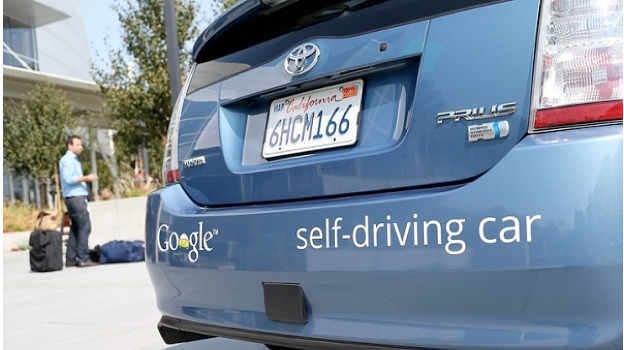

 (Left, undated photo of KKK march, possibly taken in Santa Barbara.)
(Left, undated photo of KKK march, possibly taken in Santa Barbara.) 


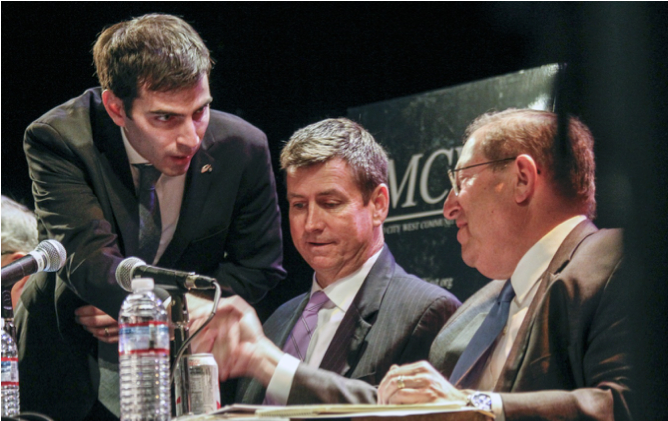
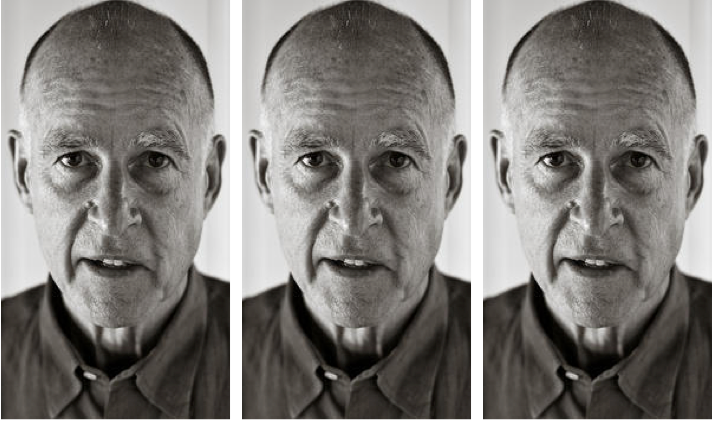
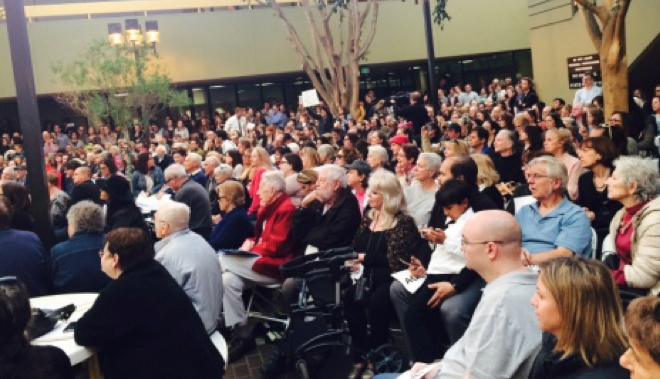
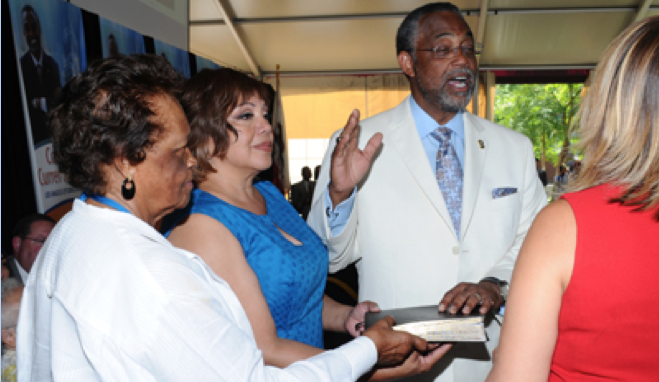
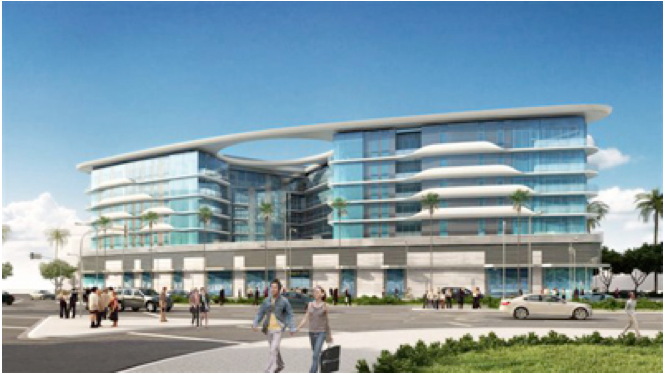
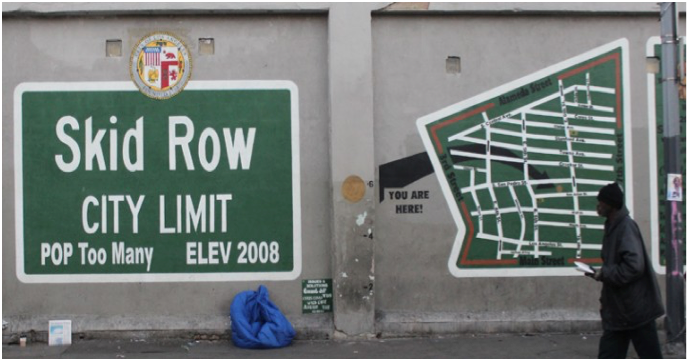
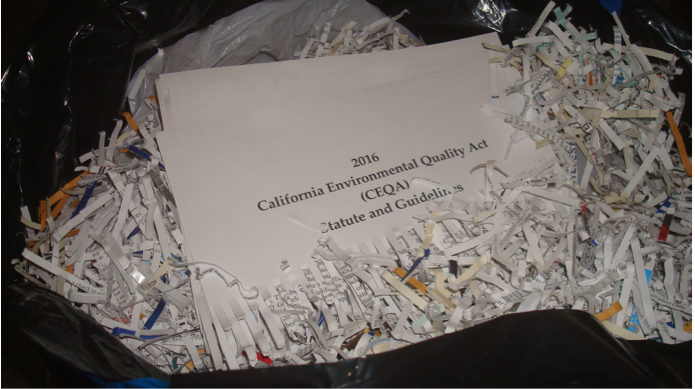

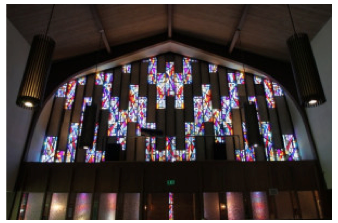 Notably, over fifty-six years earlier, Dr. Martin Luther King, Jr., preached a similar message of unity and inclusion at Woodland Hills Community Church (photo left). Invited to Southern California by a persistent white pastor named Fred Doty who revered King and wouldn’t let the extremely busy and over-extended civil rights leader refuse, King addressed the congregation on his birthday, on January 15, 1961, saying: “Love your neighbor as you love yourself … You are commanded to do that. That is the breadth of life.”
Notably, over fifty-six years earlier, Dr. Martin Luther King, Jr., preached a similar message of unity and inclusion at Woodland Hills Community Church (photo left). Invited to Southern California by a persistent white pastor named Fred Doty who revered King and wouldn’t let the extremely busy and over-extended civil rights leader refuse, King addressed the congregation on his birthday, on January 15, 1961, saying: “Love your neighbor as you love yourself … You are commanded to do that. That is the breadth of life.” 
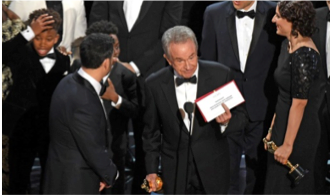 They are the geeks who are responsible for the monumental error at the 89th Academy Awards Sunday night when Hollywood legends Faye Dunaway and Warren Beatty mistakenly announced the Oscar for best film had been won by fan favorite “La La Land,” instead of low-budget outlier “Moonlight.”
They are the geeks who are responsible for the monumental error at the 89th Academy Awards Sunday night when Hollywood legends Faye Dunaway and Warren Beatty mistakenly announced the Oscar for best film had been won by fan favorite “La La Land,” instead of low-budget outlier “Moonlight.”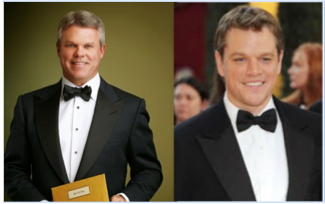 The fancy bean-counters behind the incredible goof include Brian Cullinan, a PricewaterhouseCoopers partner who possibly has been doing this Oscars job too long. His biography on the PricewaterhouseCoopers website describes him as a Matt Damon lookalike. Seriously? In his dreams, is this Cornell Ivy Leaguer a Jason Borne wannabe as well?
The fancy bean-counters behind the incredible goof include Brian Cullinan, a PricewaterhouseCoopers partner who possibly has been doing this Oscars job too long. His biography on the PricewaterhouseCoopers website describes him as a Matt Damon lookalike. Seriously? In his dreams, is this Cornell Ivy Leaguer a Jason Borne wannabe as well?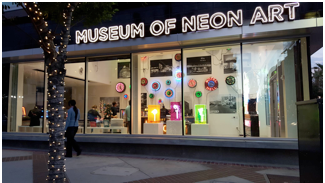
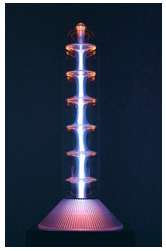 At the show, I met
At the show, I met 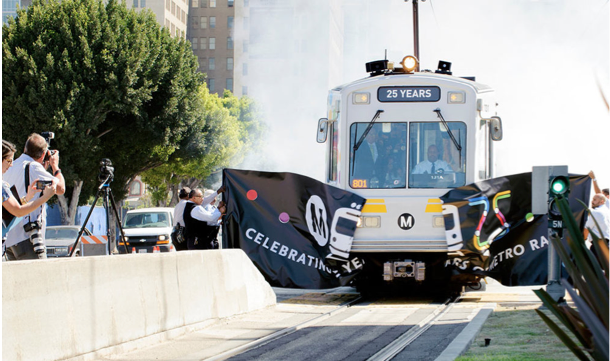
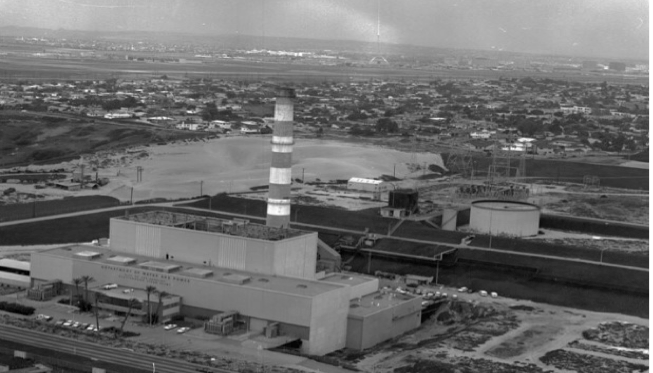
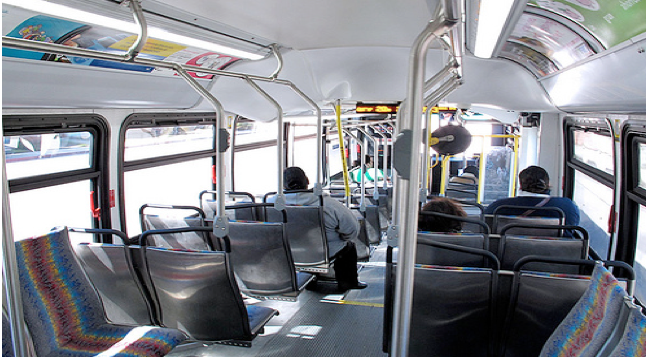

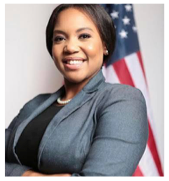 So remember Joe Sanchez’s words, and enter Adrienne Nicole Edwards (photo left), 28, a community advocate and business owner -- and an African American mom who today can boast what no other candidates in the race can.
So remember Joe Sanchez’s words, and enter Adrienne Nicole Edwards (photo left), 28, a community advocate and business owner -- and an African American mom who today can boast what no other candidates in the race can.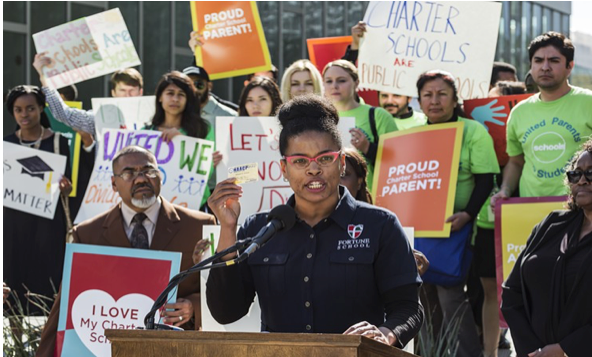
 I’m sure for some in the audience it wasn’t my anti-charter message that got them riled up. Some were rightly suspicious of a white Westsider telling them anything about educating urban, black youth. Heck, my own school board member’s chief-of-staff told me not to go to school board meetings, and to find a Latina instead, because it made things awkward for him in our primarily Latino district.
I’m sure for some in the audience it wasn’t my anti-charter message that got them riled up. Some were rightly suspicious of a white Westsider telling them anything about educating urban, black youth. Heck, my own school board member’s chief-of-staff told me not to go to school board meetings, and to find a Latina instead, because it made things awkward for him in our primarily Latino district. 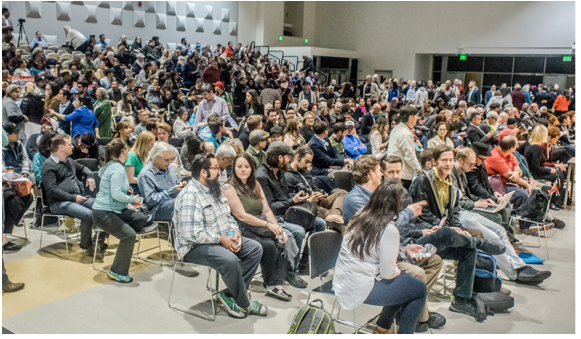
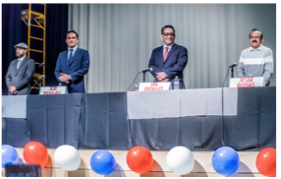 Who are these four candidates? Unless you’ve been living under a rock, you know that the incumbent is Gil Cedillo. You may even remember his epic knock-down-drag-out battle with Ed Reyes’ Chief Deputy, Jose Gardea, over replacing the termed out Reyes. A couple of million bucks and a runoff later, Gil won.
Who are these four candidates? Unless you’ve been living under a rock, you know that the incumbent is Gil Cedillo. You may even remember his epic knock-down-drag-out battle with Ed Reyes’ Chief Deputy, Jose Gardea, over replacing the termed out Reyes. A couple of million bucks and a runoff later, Gil won. 












